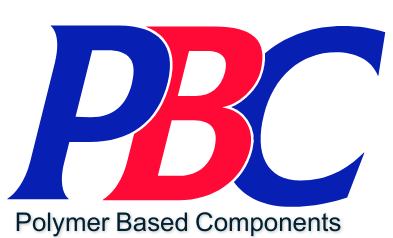Welcome to our blog, where we explore the fascinating world of injection moulding. In this inaugural post, we will embark on an enlightening journey into the realm of plastic injection moulding. Whether you’re an industry professional seeking to expand your knowledge or a curious enthusiast looking to learn about the process, this article will serve as an excellent starting point. So, let’s dive right in!

Injection moulding is a widely used manufacturing process that has revolutionized the production of plastic parts and components. By injecting molten plastic material into a mould cavity under high pressure, intricate and complex shapes can be created with precision. In this blog post, we will explore the fundamental aspects of the injection moulding process, providing a basic understanding of its key stages and considerations.
- Mould Design: The first step in the injection moulding process is the design of the mould. Mould design involves considering factors such as part geometry, draft angles, and cooling channels. A well-designed mould ensures proper filling, cooling, and ejection of the part. Computer-aided design (CAD) software is commonly used to create the mould design.
- Material Selection: Choosing the right material is crucial for injection moulding success. Various types of plastics, such as polyethylene (PE), polypropylene (PP), and polystyrene (PS), offer different properties and characteristics. Factors to consider during material selection include strength, flexibility, temperature resistance, and cost. It is essential to match the material properties with the requirements of the final part.
- Injection: During the injection phase, the plastic material is melted and injected into the mould cavity. The injection unit of the injection moulding machine melts the plastic material and injects it under high pressure into the mould. Temperature and pressure control are critical to ensure consistent and accurate injection of the material.
- Cooling: Proper cooling is essential for solidifying the molten plastic and achieving dimensional stability. Cooling channels within the mould facilitate efficient cooling. The cooling time is determined based on the part geometry and material properties. Effective cooling minimizes cycle time and ensures the desired part quality.
- Ejection: Once the plastic part has cooled and solidified, it is ejected from the mould. Ejector pins or plates are used to push the part out of the mould cavity. The design of the ejector system and the placement of ejector pins need to be carefully considered to avoid part damage or deformation.
- Quality Control: Maintaining quality control throughout the injection moulding process is vital. Material inspection, process monitoring, and final part inspection help ensure consistent part quality. Statistical process control (SPC) techniques can be employed to monitor key process parameters and detect variations. Inspecting the final parts for defects, such as sink marks, warpage, or flash, allows for corrective actions to be taken if necessary
In conclusion, Injection moulding is a versatile and efficient manufacturing process for producing plastic parts and components. Understanding the key stages of mould design, material selection, injection, cooling, and ejection is crucial for successful implementation. By focusing on quality control measures and addressing common defects, manufacturers can achieve consistent part quality.
Stay tuned for future posts where we’ll delve into specific topics in greater detail, continuing our journey through the intricacies of injection moulding.
Get in touch
At PBC, we transform ideas into reality. With our advanced injection moulding capabilities, we can turn your concepts into tangible, market-ready products. Let’s collaborate!
